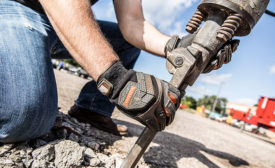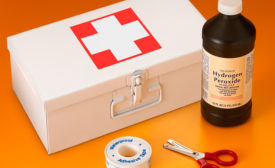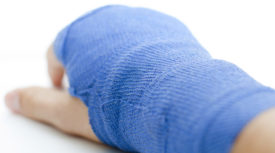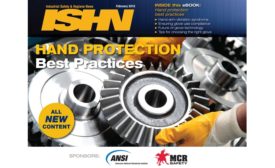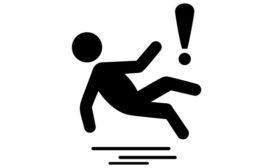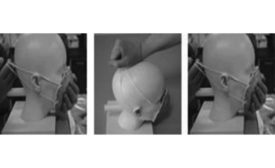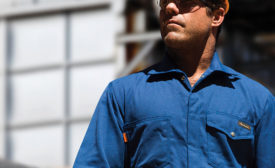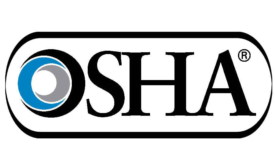PPE
Coming soon: a glove impact standard
ISEA standard will measure reduction of peak impact force
February 13, 2018
New whitepaper from ISEA
What’s New? An Update on the State of Anti-Fog Eye and Face Protection, Technologies and Best Practices
January 23, 2018
Never miss the latest news and trends driving the safety industry
eNewsletter | Website | eMagazine
JOIN TODAYCopyright ©2024. All Rights Reserved BNP Media.
Design, CMS, Hosting & Web Development :: ePublishing
